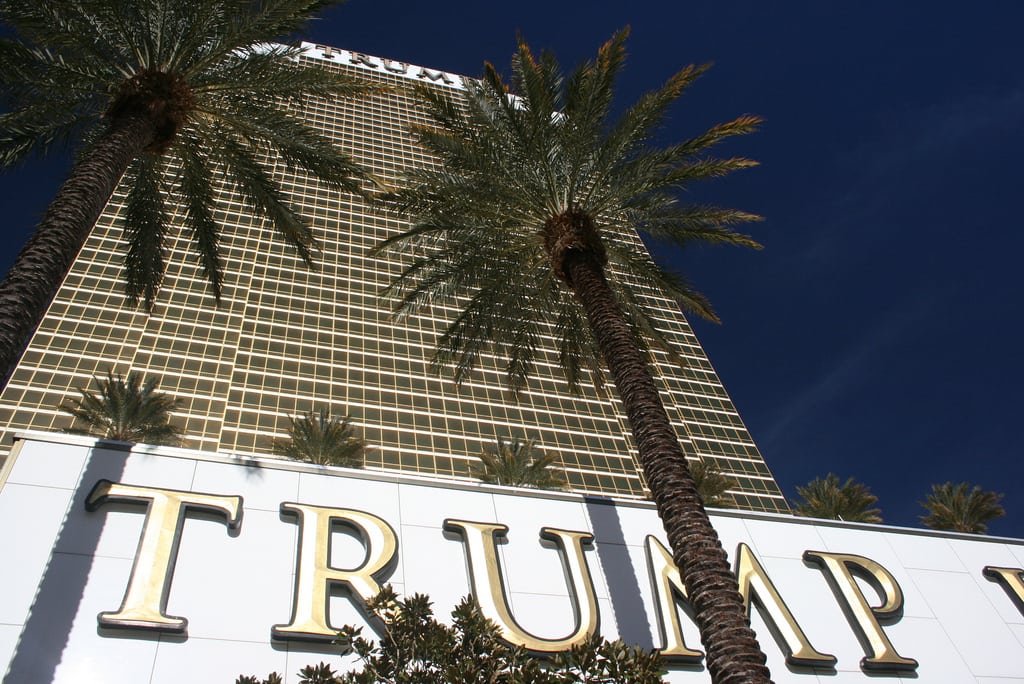U.S. Trump-Branded Hotels' Foot Traffic Fell in September Says Foursquare

Skift Take
The Trump brand has definitely felt some kind of impact from Donald Trump's presidential campaign. What's unclear is how mild or severe that impact has been for foot traffic and guest stays as recent foot traffic is up for some properties compared to foot traffic before the campaign began, according to Foursquare data.
U.S. Republican presidential nominee Donald Trump's hotels business has been caught in the crosshairs of arguably one of the more divisive campaigns in U.S. history.
But the latest impact to Trump-branded hotels from Trump's campaign might not be as severe as expected -- according to Foursquare data.
Data show that while, indeed, foot traffic is on the decline at U.S. Trump-branded properties (or properties that license and use the Trump name that Donald Trump does not actually own), this doesn't represent a bottoming-out for these properties.
Foot traffic for April through September 2016 was higher than December 2014 through February 2015, before Trump announced his presidential bid in June 2015 and was also higher than it was from November 2015 to February 2016, based on the data.
Foursquare looked at check-ins and location data from its 50 million active monthly
